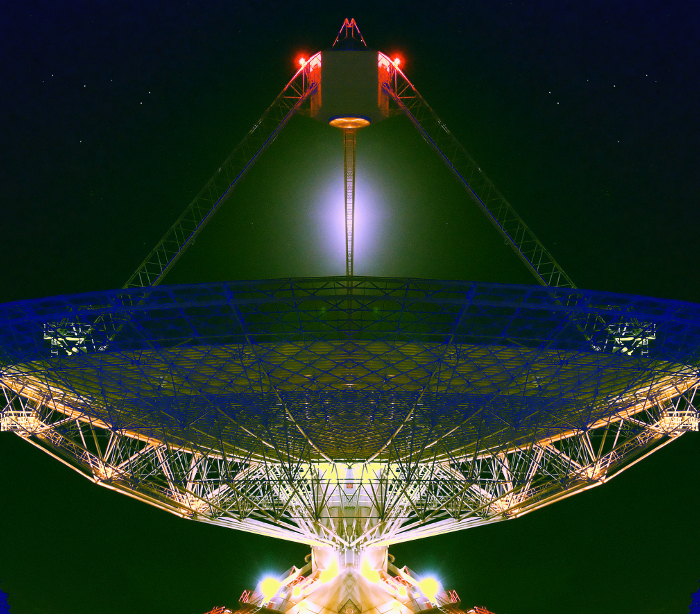CSIRO sweeps near neighbours
 The first reports are in from Australia’s search for life in outer space.
The first reports are in from Australia’s search for life in outer space.
Breakthrough Listen, the 10-year, $100-million astronomical search for intelligent life beyond Earth launched in 2015 by Internet entrepreneur Yuri Milner and Stephen Hawking has released observations made using CSIRO’s Parkes radio telescope.
Parkes has joined two other telescopes - the Green Bank Telescope in West Virginia and the Automated Planet Finder at Lick Observatory in California - in the ongoing effort to determine whether civilisations exist elsewhere and have developed technologies similar to our own.
After 14 days of commissioning and test observations, ‘first light’ for Breakthrough Listen at Parkes was achieved on Tuesday, with an observation of the newly-discovered Earth-size planet orbiting the nearest star to our Sun, Proxima Centauri.
A red dwarf star 4.3 light years from Earth, Proxima Centauri is known to have a planet (‘Proxima B’) orbiting within its habitable zone, the region where water could exist in liquid form on the planet’s surface.
Such ‘exo-Earths’ are among the primary targets for Breakthrough Listen.
CSIRO’s Parkes radio telescope is perfectly positioned to observe parts of the sky that cannot be seen from the northern hemisphere, including the centre of our own Milky Way galaxy, large swaths of the Galactic plane, and numerous other galaxies in the nearby Universe.
While researchers admit that the chances of any particular planet hosting intelligent life-forms are quite minuscule, astrophysics and supercomputing expert Professor Matthew Bailes says Breakthrough Listen would do more than just hunt for ET.
“The detection system on Parkes will be simultaneously searching for naturally occurring phenomena such as pulsars and fast radio bursts, which are a large part of Parkes’ present work,” Dr Bailes said.
“The Australian science community welcomes the opportunity to share the Breakthrough Listen data for other ongoing research projects.”
Breakthrough Listen will use 25 per cent of the time available on the Parkes radio telescope over the next five years.







 Print
Print